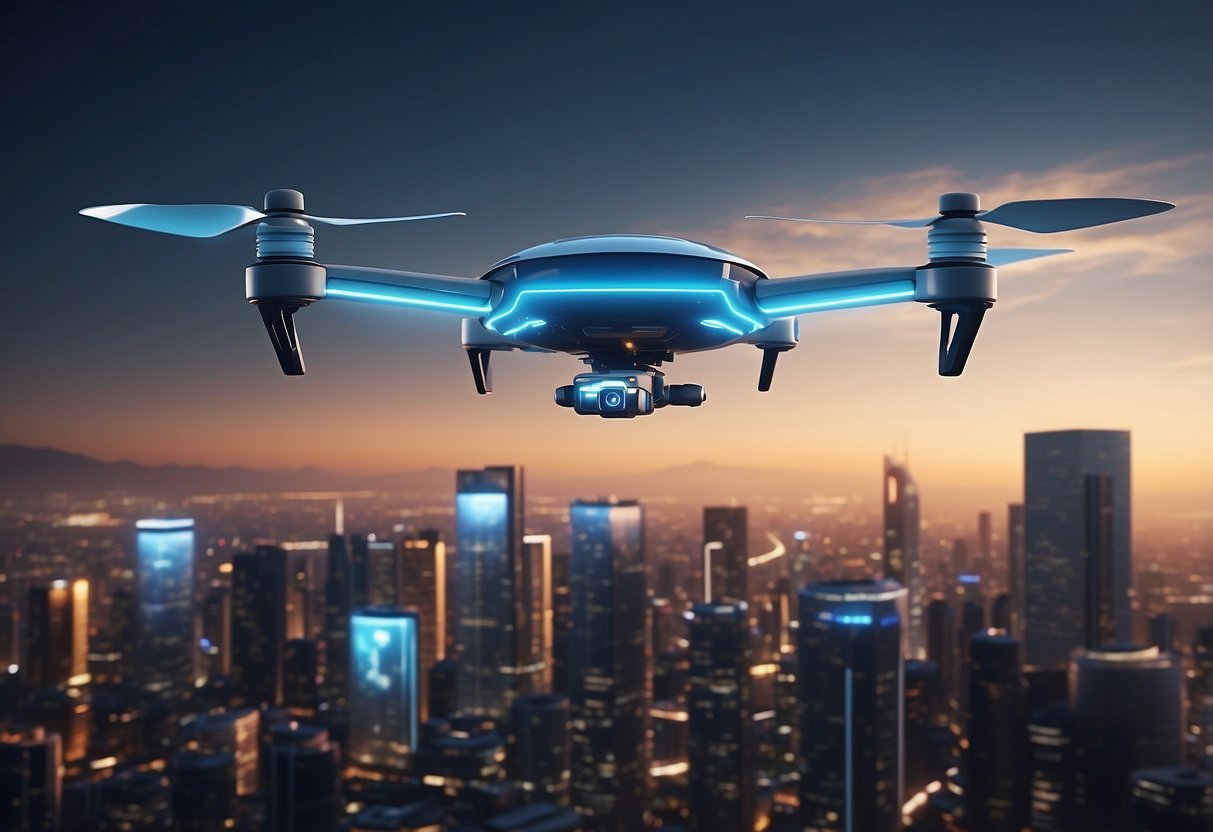
3. 5G Connectivity
5G connectivity continues to be a pivotal technology trend in 2024. It brings faster speeds, lower latency, and greater capacity compared to previous generations of mobile networks.
Many industries are leveraging 5G to enhance their operations. For instance, manufacturing companies are using 5G for real-time monitoring and automation, resulting in more efficient production processes.
In the healthcare sector, 5G enables remote surgeries and telemedicine, providing better access to medical services. This connectivity supports high-definition video consultations and real-time data transfer between medical devices.
The rollout of 5G also impacts the development of smart cities. It allows for better management of infrastructure, such as traffic lights and public transport systems, through improved data collection and analysis.
Additionally, the entertainment industry benefits from 5G by offering enhanced experiences in virtual reality (VR) and augmented reality (AR). This paves the way for more immersive gaming and interactive experiences.
5G’s influence extends to the automotive sector as well. It supports the advancement of autonomous vehicles by enabling faster communication between cars and infrastructure, enhancing safety and navigation.
As 5G networks expand, more devices become interconnected. This growth in the Internet of Things (IoT) creates new opportunities for businesses and consumers alike.
While there are challenges in the widespread adoption of 5G, the technology continues to evolve, promising significant improvements across various fields.
4. AI-Powered Cybersecurity

AI-powered cybersecurity is transforming how organizations defend against digital threats. By leveraging machine learning algorithms, these systems can detect anomalies and predict potential attacks with remarkable precision. This proactive approach significantly enhances the ability to mitigate risks before they materialize.
Traditional cybersecurity measures often struggle to keep up with rapidly evolving threats. AI systems, however, continuously learn and adapt, providing a dynamic defense mechanism. They analyze vast amounts of data quickly, identifying patterns and irregularities that might elude human detection.
AI-powered solutions can automate many aspects of threat detection and response. This reduces the burden on IT teams, allowing them to focus on more strategic initiatives. It also ensures faster reaction times, crucial in minimizing the damage from cyber-attacks.
One of the notable applications of AI in cybersecurity is its use in identifying and responding to phishing attacks. These systems can analyze email patterns and user behaviors to flag suspicious activities, thereby preventing potential breaches.
Incorporating AI into cybersecurity strategies offers a significant advantage. As cyber threats become more sophisticated, the need for intelligent, adaptive defense mechanisms becomes increasingly critical. AI-powered tools provide that edge, helping to safeguard sensitive information and maintain trust in digital environments.